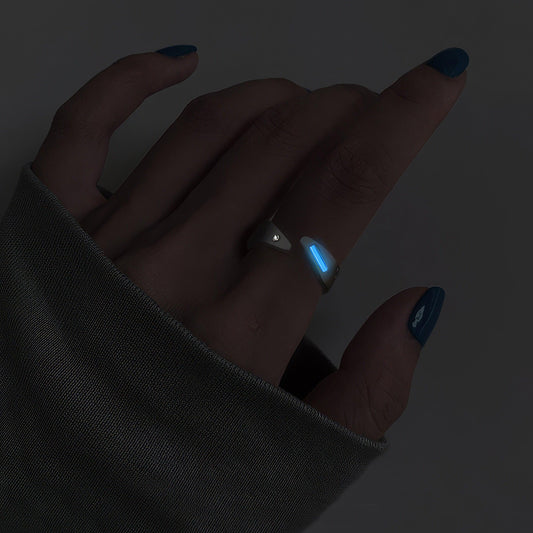Lab Created Diamonds Nature Science and the New Normal
Lab Created Diamonds Nature Science and the New Normal
Sometime during my college years, a friend of mine, Annie, proudly showed off the engagement ring she had just received. It was a stunning spectacle, with a sparkle that could rival the stars. The surprise? It was a lab-created diamond. Before meeting Annie, I had always thought diamonds were either real or fake; the notion of a "lab-created" diamond was alien to me, and I wondered how something so lovely could be anything but “natural.”
Lab-created diamonds, sometimes referred to as synthetic or cultured diamonds, are not your run-of-the-mill imitation gemstones like cubic zirconia or moissanite. These gems are as real as their natural counterparts in terms of chemical composition and physical properties. They start with a tiny slice of carbon and undergo a process mimicking the high-pressure, high-temperature conditions deep within the Earth. This doesn't just lead to a sparkly stone; it leads to a paradigm shift in how we view and acquire luxurious goods.
The ability of technology to reproduce nature's wonders in a lab is nothing short of extraordinary. These diamonds have the same hardness, refractive index, and allure as mined diamonds. If anything, they can sometimes exceed natural diamonds in quality, free from some of the inclusions or irregularities inherent in their earth-forged siblings. It’s a bit like if you could create a perfect snowflake on demand—a marvel of engineering with nature’s beauty at its core.
From a cultural standpoint, lab-created diamonds are becoming emblematic of a new ethical luxury. In an era where consumers are increasingly conscious about the sources of their goods, these diamonds offer a conflict-free alternative. They sidestep the murky areas of mining, which can be fraught with issues ranging from human rights abuses to environmental degradation. When Annie chose her ring, she not only got a beautiful piece of jewelry but also peace of mind, knowing its origins were as pure as they could be.
Fashion-wise, lab-created diamonds are having a moment. You’ll often find them gracing the pages of glossy magazines or shimmering on the red carpet. They are particularly popular with millennials and Gen Z, who tend to prioritize sustainability and ethics alongside style. This shift in preference isn't just a passing trend—it's a change in values. These diamonds aren't just about making a statement of wealth; they reflect a statement of values, speaking to a generation more attuned to the significance of their consumption choices.
Reflecting on my own initial cynicism towards lab-created diamonds, I can see why they might raise an eyebrow or two. There’s something deeply ingrained in us about the rarity and romance of natural diamonds. But as I think back to Annie's ring, I realize that beauty and authenticity can coexist with innovation. Sometimes, it's not where or how something is made that matters most, but the story it tells and the intentions behind it.
Ultimately, the allure of lab-created diamonds lies not just in their sparkle, but in what they represent—a confluence of tradition and technology, luxury and responsibility. And that’s a story worth telling.



























